Why does laundry curl into a ball in the washing machine?
 Unfortunately, the washing process does not always go perfectly. From time to time, some minor troubles arise, for example, laundry in the washing machine bunches up in a lump or, even worse, forms a tight rope. The quality of washing and spinning suffers from this, and it is then inconvenient for the housewife to remove such a unit from the drum and then separate all the things. How to avoid such a problem?
Unfortunately, the washing process does not always go perfectly. From time to time, some minor troubles arise, for example, laundry in the washing machine bunches up in a lump or, even worse, forms a tight rope. The quality of washing and spinning suffers from this, and it is then inconvenient for the housewife to remove such a unit from the drum and then separate all the things. How to avoid such a problem?
How does a lump form in a drum?
Typically, a laundry curl situation occurs when a duvet cover and many small items (socks, underwear, etc.) are washed at the same time. Small things float freely in the water and move around the drum, while the duvet cover, already heavy and also saturated with water, lies almost motionless in the drum.
During washing, a kind of centrifuge is formed inside the drum, and the duvet cover, due to its clumsiness, sticks to its walls. Small items, under the influence of centrifugal force, get twisted, crumpled and stuffed into the hole in the duvet cover.
Thus, the duvet cover becomes like a stuffed bag, and during the spin cycle all its contents are pressed and compacted, especially if the speed is high. However, due to the uneven distribution of the laundry in the drum, although it curls, it does not wring out well.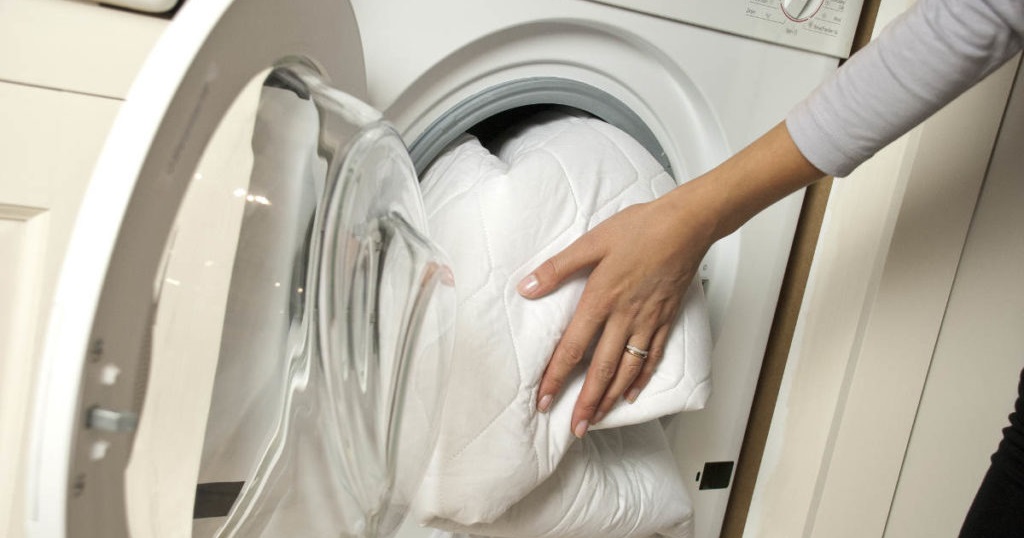
The linen is twisted into a knot, pulled together, forming a dense fabric ball, which is then extremely difficult to untangle. All this has a bad effect both on the laundry, which is poorly washed and spun unevenly, and on the machine itself, which suffers from imbalance and fails faster.The SM manifests “dissatisfaction” in the form of strong vibrations, tapping, and strong swinging of the drum.
Attention! It is recommended that you always wash your duvet cover separately from any other clothing or linens.
But what should you do if you need to wash one duvet cover? Is it really impossible to combine it with anything else, so as not to start the wash just for it? This issue is worth looking into.
Preventing lump formation
Sewing up a hole in your duvet cover every time you wash it is a crazy idea, but pinning it shut isn't the answer either. This is time-consuming, and the tissue at the puncture sites deteriorates faster. Dealing with such a problem can be relatively simple.
- Buy a set of washing mesh bags and put a duvet cover in there. Then you can safely wash it with anything, this will not affect the quality of the wash in any way, and the machine will not suffer from overload.
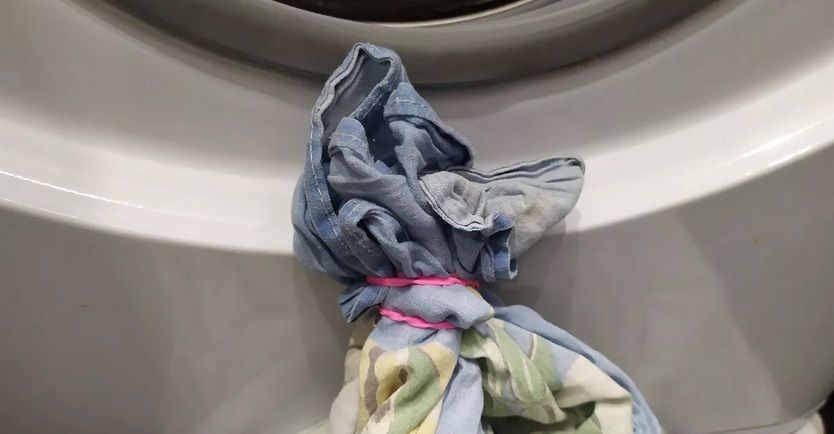
- Gather the edges of the hole on the duvet cover into a bun and secure with an elastic band or a money elastic band, if you have one. Then small things will not be able to get inside the duvet cover.
- If you don’t have an elastic band at hand, you can simply tie the corners of the duvet cover from the opening side into light knots.
The main thing is to block the hole in the duvet cover and prevent other things from getting in there. If you do this before each wash, the laundry will never curl into a lump and cause you discomfort.
Interesting:
5 reader comments


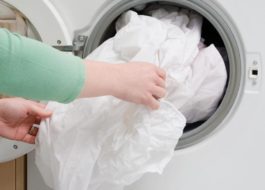
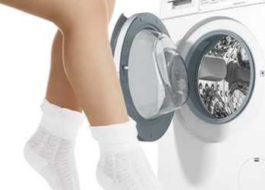
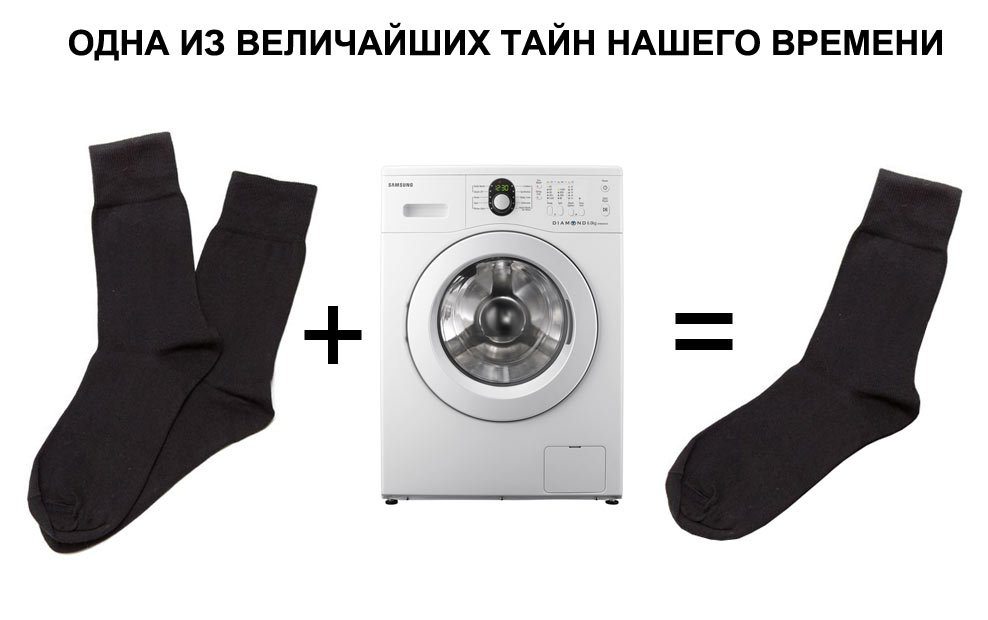
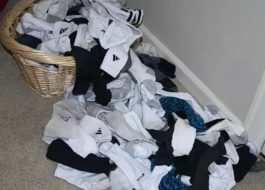
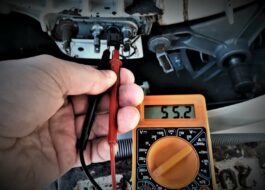














If there is no hole in the duvet cover, he will roll the sausage out of the sheet.
And that’s why it doesn’t rinse well!
I zip it up, so he takes and wraps things into himself. And again there is a lump, and the centrifuge does not understand what to do
I wash one duvet cover, it still curls into a rope. Spin speed 800.
Ardo's old washing machine had never been so ugly! In the new Hyer machine, the duvet cover swallows everything, even the sheet!
When the Bosch machine was new, there was no such problem. And now it’s been 5 years since he’s been folding all his bed linen into a bag. And he wraps it in a sheet and a large towel.